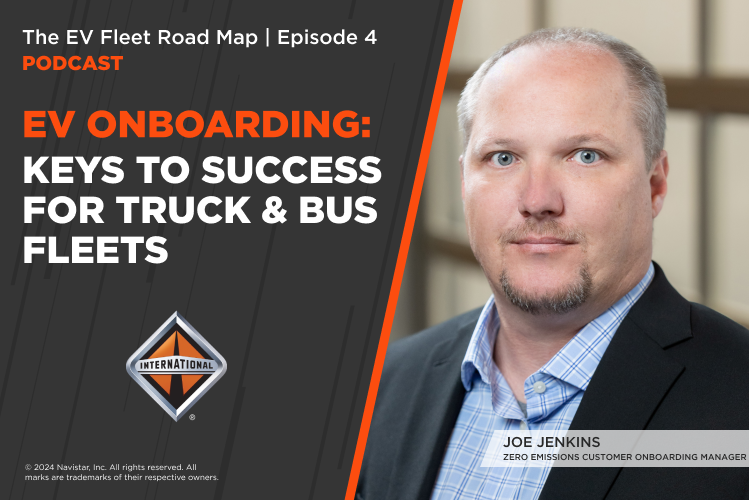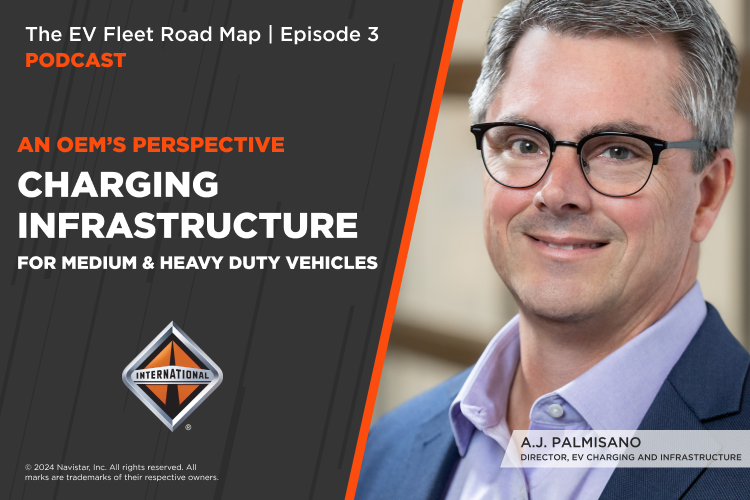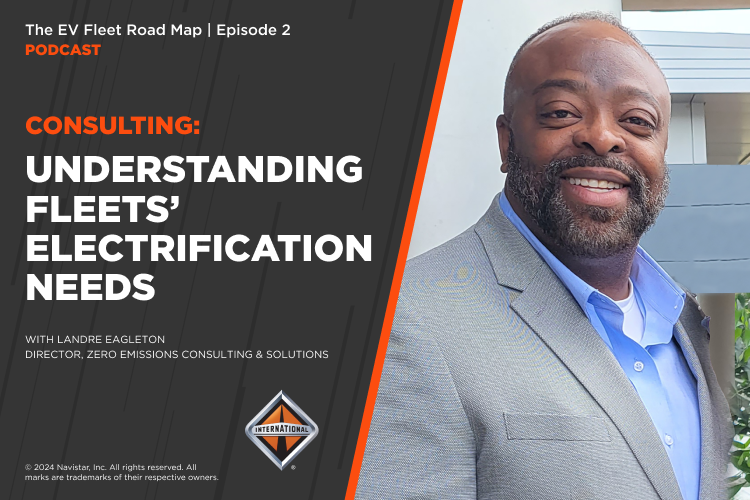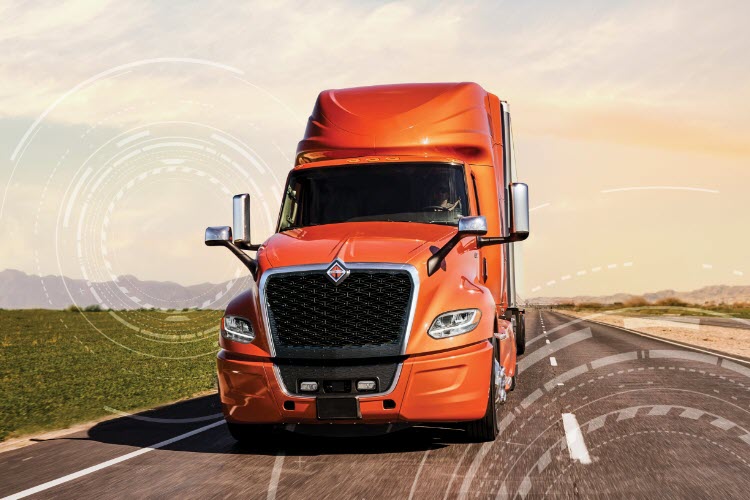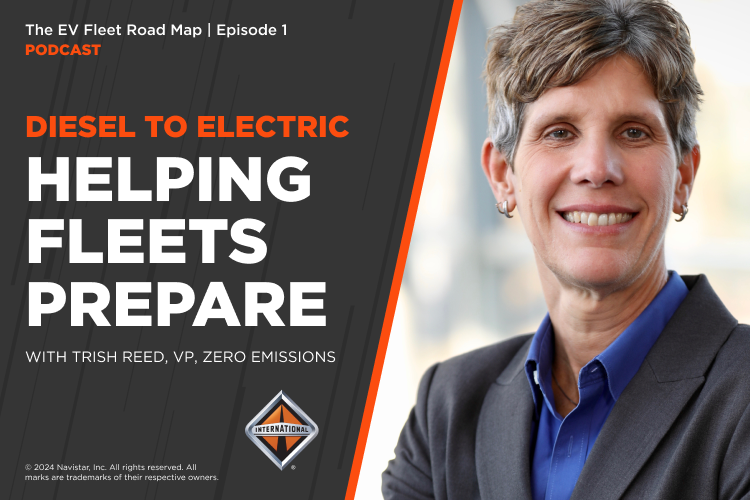The EV Road Map
Electric Vehicle Onboarding: How Much Power Will Fleets Need for Today, Tomorrow, and Down the Road?
By A.J. Palmisano, Director, EV Charging & Infrastructure, for International Truck and IC Bus.
Scaling charging and infrastructure for commercial electric vehicles can involve long lead times and high costs. That’s why it’s critical to work with the right partners that can help truck and bus fleets start planning as soon as possible and avoid costly mistakes.
International Truck and IC Bus has a collaborative relationship with Quanta Services, which provides all things in power delivery and building out charging infrastructure—think transmission lines, distribution lines, substations, construction, solar installations, wind installations, and more—for customers transitioning their internal combustion engine fleets to electric vehicle (EV) fleets.
Quanta Services has more than 330 companies under its purview, all of which work across all regions and states in the U.S. Quanta also works with all the utilities. So, say a fleet has multiple sites across multiple states, rather than them having to find the correct utility to work with, Quanta will know which utility to work with right off the bat.
During episode six of “The EV Fleet Road Map” podcast, Nick Grindrod, director of infrastructure at Quanta Services, joined me in a discussion about best practices for scaling EV fleets. Nick emphasized the importance of planning ahead. For instance, he said, fleets that are looking to scale up to 50 EVs should be looking 10 years ahead to avoid installing infrastructure in a piecemeal approach.
“We don't want to go and install charging infrastructure for two trucks then go ahead one more year, do that again and keep doing this sequentially,” Nick explained. “We want to look ahead to the ultimate build out, because if you just build for the first stage, you're going to undersize the conduit, wire, and all the infrastructure you need. You're going to end up going back, ripping that out, and starting over. It's not cost-effective and it's going to take longer, so you really want to look ahead.”
Additional ways to mitigate unnecessary costs and reduce total cost of ownership involve working with utilities to outline rate structures, utilize off-peak and scheduled charging practices, and procure grants and incentives for vehicle-to-grid (V2G) charging.
Although there is a lot to consider and a lot of planning ahead, we—along with our partners—are here to help fleets walk through this process. Stay tuned as we gear up for this year’s ACT Expo, where we will showcase our latest battery-electric vehicle solutions.




